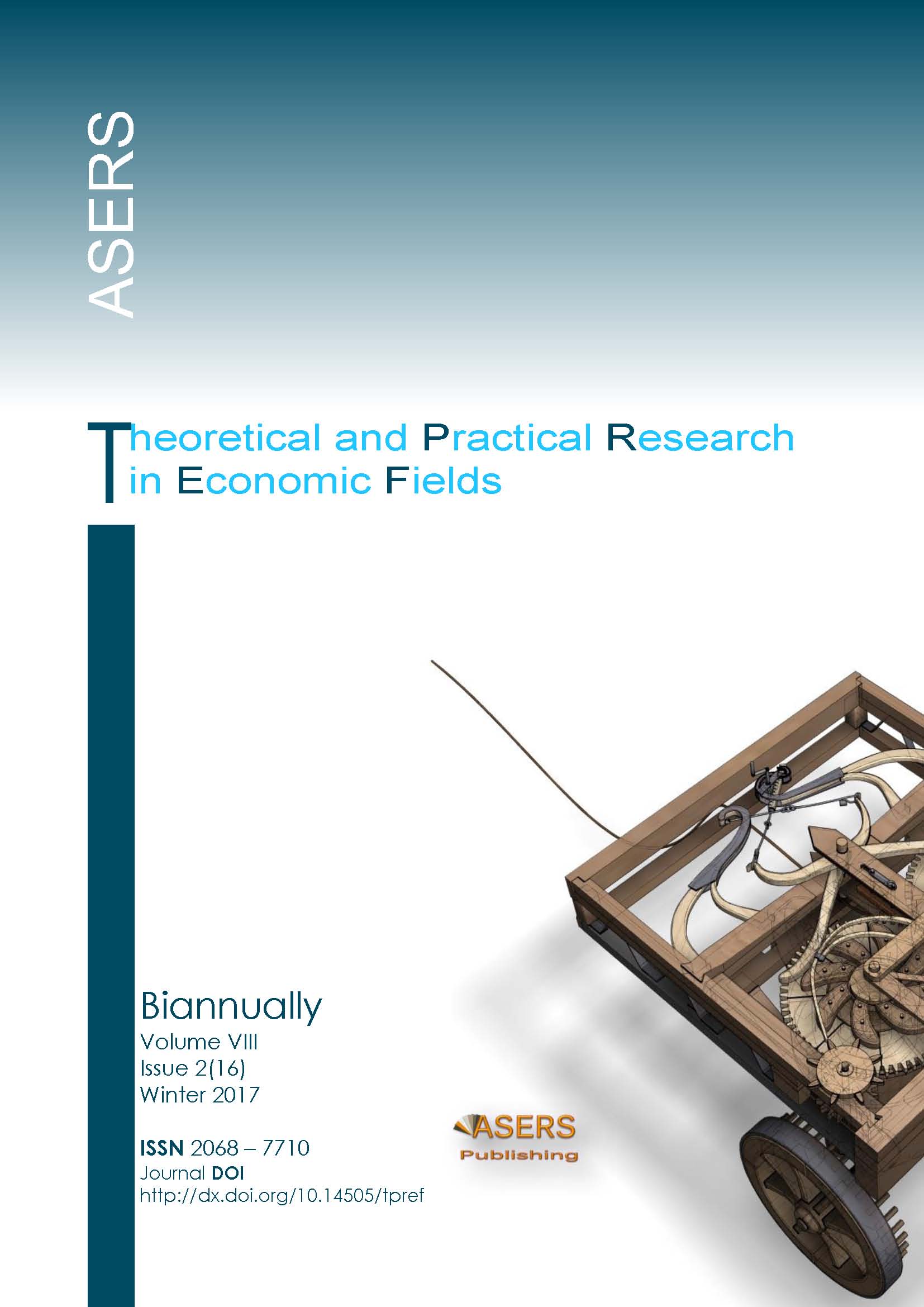AGGREGATION WITH SEQUENTIAL INDIVISIBLE AND CONTINUOUS LABOR SUPPLY DECISIONS AND AN INFORMAL SECTOR
Abstract
The purpose of this paper is to explore the problem of non-convex labor supply decision in an economy with both discrete and continuous labor decisions. In contrast to the setup in Vasilev (2016a), here each household faces a sequential labor market choice - an indivisible labor supply choice in the market sector, and conditional on non-working in the official sector, a divisible hours choice in the informal sector. We show how lotteries as in Rogerson (1988) can again be used to convexify consumption sets, and aggregate over individual preferences. With a mix of sequential discrete and continuous labor supply decisions, aggregate disutility of non-market work becomes separable from market work, and the elasticity of the latter increases from unity to infinity.
References
[2] Rogerson, R. 1988. Indivisible labor, lotteries and equilibrium. Journal of Monetary Economics 21: 3–16.
[3] Vasilev, A. 2015a. Welfare gains from the adoption of proportional taxation in a general-equilibrium model with a grey economy: the case of Bulgaria’s 2008 flat tax reform. Economic Change and Restructuring, 48: 169-185. DOI: 10.1007/s10644-015-9159-5
[4] Vasilev, A. 2015b. Welfare Effect of Flat Income Tax Reform: The Case of Bulgaria, Eastern European Economics, 53: 205-220. DOI: 10.1080/00128775.2015.1033364
[5] Vasilev, A. 2015c. RBC models and the hours-wages puzzle: puzzle solved! Economia Journal 41: 117-130.
[6] Vasilev, A. 2016a. Aggregation with a mix of indivisible and continuous labor supply decisions: The case of home production, International Journal of Social Economics 43: 1507-1512. Available at: http://dx.doi.org/10.1108/IJSE-04-2015-0098
[7] Vasilev, A. 2016b. Aggregation with sequential non-convex public- and private-sector labor supply decisions, Theoretical and Practical Research in Economics ASERS 14: 173-178. Available at: http://dx.doi.org/10.14505/tpref
[8] Vasilev, A. 2016c. Straight time and Overtime: A Sequential-Lotteries Approach, Theoretical and Practical Research in Economics ASERS 13: 81-84. Available at: http://dx.doi.org/10.14505/tpref
Non-Exclusive License under Attribution 4.0 International Public License (CC BY 4.0):
This ‘Article’ is distributed under the terms of the license CC-BY 4.0., which lets others distribute, remix, adapt, and build upon this article, even commercially, as long as they credit this article for the original creation. ASERS Publishing will be acknowledged as the first publisher of the Article and a link to the appropriate bibliographic citation (authors, article title, volume issue, page numbers, DOI, and the link to the Published Article on ASERS Publishing’ Platform) must be maintained.
